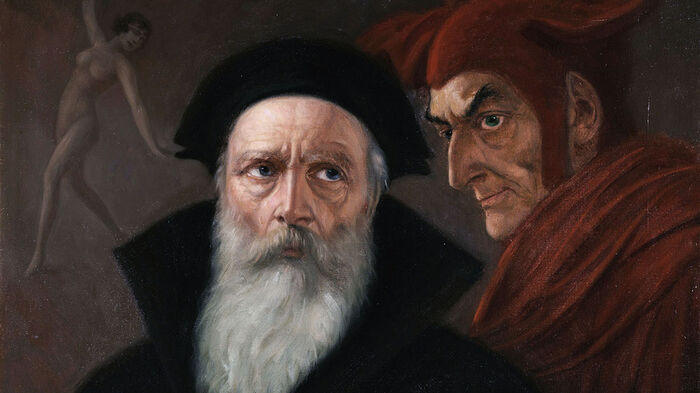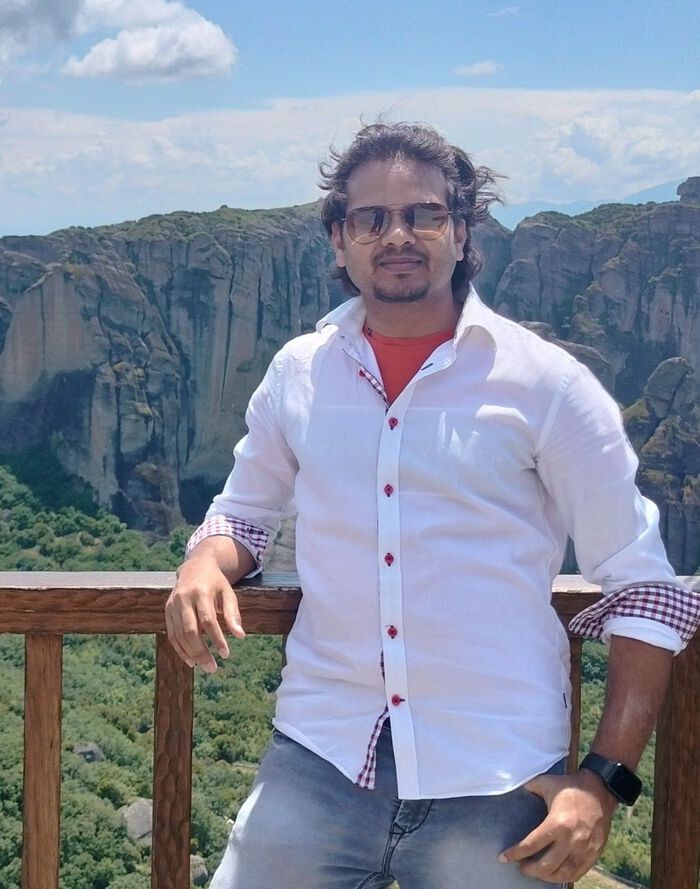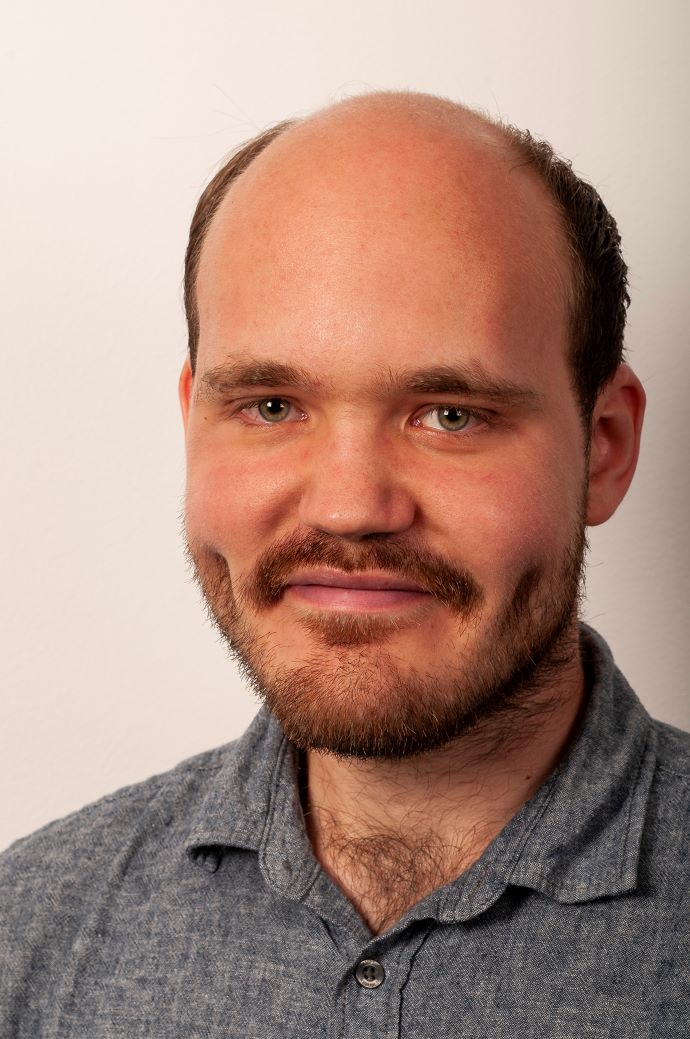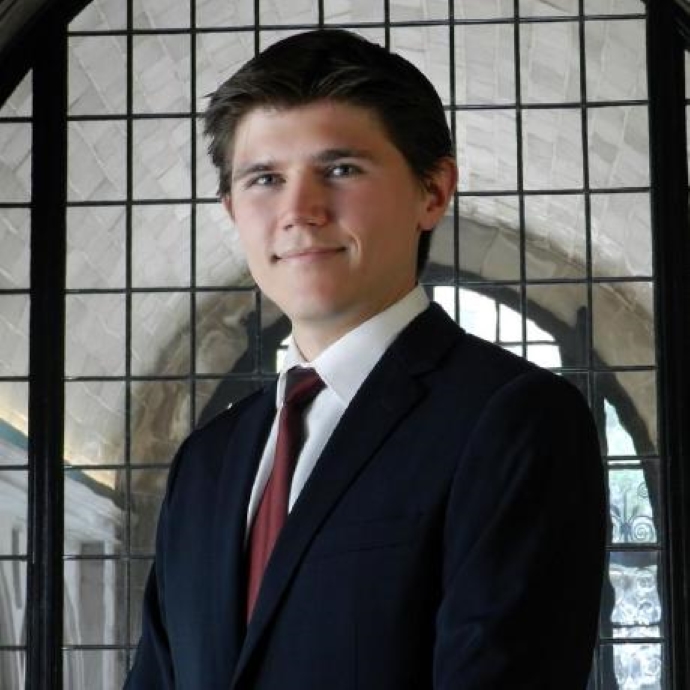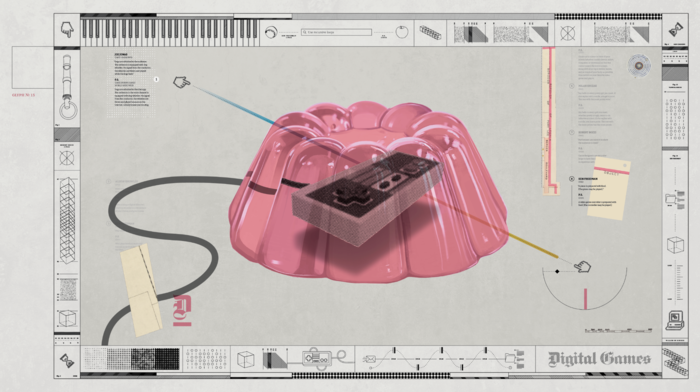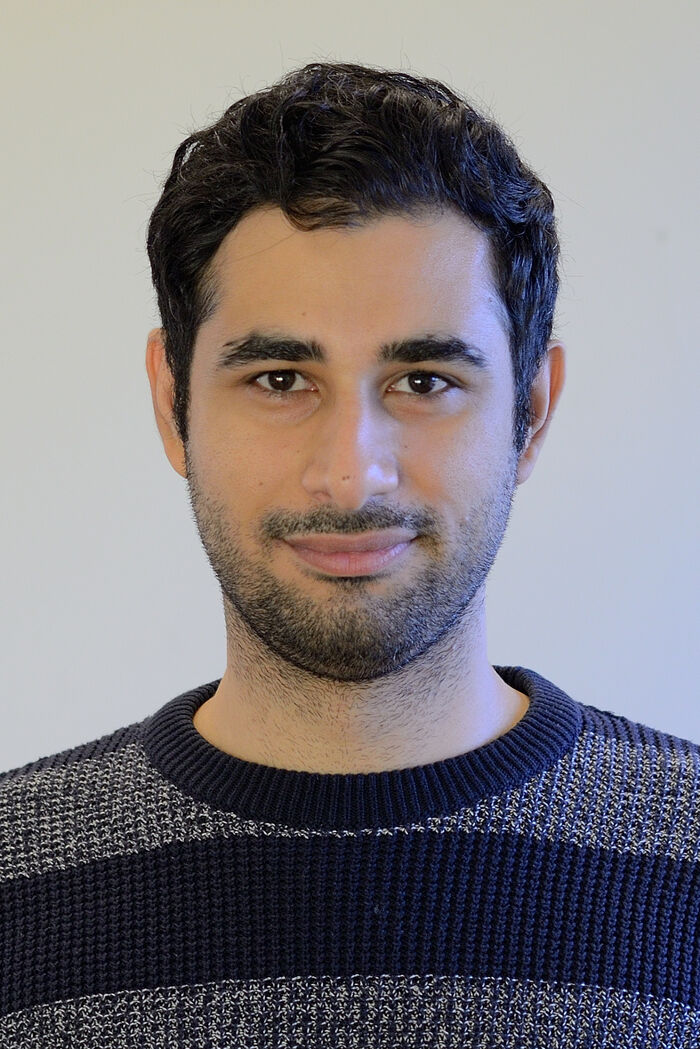Tidligere arrangementer - Side 12
Jenny Gudmundsen and Jessica Pedersen Belisle Hansen present a conversation analysis of second language communication in a video-mediated environment
By Andrew Maccoll, the University of Nottingham, United Kingdom
Engineering principles to develop advanced biomaterials and scaffolds. This study focuses on utilising engineering principles to facilitate new bone growth, specifically in designing and fabricating bone scaffolds. The core of our investigation lies in applying titanium dioxide (TiO2) scaffolds, which have emerged as promising candidates due to their osteoconductive properties and the potential for enhancing bone tissue engineering.
Our research aims to bridge the gap between engineering and biology by harnessing fluid mechanics and material science to create scaffolds that mimic the natural bone environment. By comparing TiO2 scaffolds with commercial porous calcium phosphate biomaterials under simulated perfusion culture conditions, we delve into the mechanical and fluidic stimuli that are crucial for bone regeneration. The study emphasises the role of fluid dynamics to make better “spare-parts” for the human body, highlighting the importance of permeability, mechanical load transfer and wall shear stress with a porous ceramic.
Furthermore, we validate our fluid mechanic simulations with the impact of dynamic seeding techniques. Our findings demonstrate the superiority of dynamic culture conditions in enhancing the expression of bone-related proteins and genes, thereby facilitating more effective bone regeneration. In addition, the study presents a clinical trial that shows that these porous bioceramic functions well in patients. The trial's outcomes confirm the potential of TiO2 scaffolds for in vivo bone formation and showcase the successful integration of engineering principles in the development of biomaterials for tissue engineering.
This research underscores the pivotal role of engineering in advancing tissue engineering and biomaterials science. By leveraging engineering principles to optimise scaffold design and functionality, we pave the way for innovative strategies in bone regeneration, offering new hope for patients requiring bone tissue reconstruction.
In this lecture Catherine Malabou will explore educational and aesthetic questions around the possibility of representation based on the discussion between Lyotard and Rancière. Her reflections start with her very recent book Stop Thief! Anarchism and Philosophy (2023).
Join us for a seminar on Media Identities and Risks with Primus Tazanu
Department seminar. Felix Bierbrauer is a Professor and the Chair for Public Economics and Center for Macroeconomic Research at the University of Cologne. He will present the paper: "Is a market-based approach to climate policy desirable?"
The techno-politics of the ‘China Model’ of development
Professor of Philosophy and BOF Research Professor, Bence Nanay, from University of Antwerp, will speak at RITMO's Seminar Series
Dr. Clifford George Kentros from the Kavli Institute of Systems Neuroscience, NTNU, will present on “Using Molecular Genetics to Investigate the Neural Circuitry of Memory and its Disorders”
Department seminar. Cailin Slattery is an Assistant Professor of economics in the BPP group at UC Berkeley Haas. She will present the paper: "The Political Economy of Subsidy-Giving."
Arkeologisk fredagsseminar med marinarkeolog Staffan von Arbin, G?teborgs universitet, som ber?ttar om sitt p?g?ende avhandlingsarbete
Paper cuts are a minor nuisance, but they can lead to life-threatening microbial infections. The physical processes that determine whether paper cuts into the skin, however, remain poorly understood. To explore skin-paper interactions, we designed an experiment in which a piece of paper contacts an artificial finger made from ballistic gelatin. Our experiments suggest that the paper thickness is one of the most important parameters in determining cutting efficacy. A relatively thin sheet often buckles before cutting is initiated, whereas the predominant interaction with thick sheets is indentation. Our preliminary data indicate that a successful paper cut is physically impossible outside a relatively narrow range of thicknesses for a given angle. Finally, the optimal paper cut is explored, and the influence of skin properties and cutting angle is discussed.
H?r Jan-Erik Ebbestad Hansen fortelle om Faust-mytens historie.
Prasanta Gorai, Rosseland Centre for Solar Physics, Institute of Theoretical Astrophysics, University of Oslo.
Department seminar. Sondre Elstad is a PhD candidate at the Department of Economics, University of Oslo.
C*-algebra seminar by Corey Jones (North Carolina State University)
Department seminar. Maxwell Kellogg is an Assistant Professor of economics at the University of Oslo. He will be presenting "Family Trajectories and the Burden of Care in the Aftermath of Old-Age Health Shocks".
Arkeologisk fredagsseminar med postdoktor Vibeke Maria Viestad, tilknyttet Institutt for arkeologi, konservering og historie (IAKH), og prosjekter HEI: Heritage Experience Initiative, og Dressed in Stone. Interpreting hunter-gatherer rock art of South Africa through the bodily practice of dress.
Patrick Georg Grosz presents his research on the role of face emojis in speech act marking, organized by the General Linguistics Forum
Join Patrick Jagoda (University of Chicago) in looking at games through the lense of the Fluxus experimental art movement, and hear how this approach might help us better understand the constraints we enact upon ourselves.
Marie Stilling is a PhD candidate at the TIK Centre for Technology, Innovation and Culture. This seminar marks her midway evaluation.
Controlling the spontaneous ruptures of nanoscale liquid thin films is crucial to various applications such as solar cell manufacturing. Over the past few decades, theoretical work based on the long-wave theory of thin liquid films has successfully identified a critical film height, below which the surface nanowaves become linearly unstable, leading to spontaneous rupture. This dewetting in the ‘spinodal regime’ has been repeatedly confirmed in experiments using atomic force microscopy on polymer films. However, ruptures are also observed for thicker films (linearly stable) in a different manner. It is believed that the random (Brownian) movement of particles is the cause of dewetting in this ‘thermal regime’ but the theoretical framework predicting the rupture is missing. In this talk, we present a theory to account for the rupture of a two dimensional linearly stable thin film by utilizing fluctuating hydrodynamics and rare events theory. By modelling the film dynamics with the stochastic thin-film equation (STF) and solving it numerically, we observe rupture in the linearly stable thermal regime and record the average waiting time for rupture. We show that the STF can be rearranged into the form of a gradient flow, which allows us to apply Kramer’s law from the rare events theory to obtain a theoretical prediction of the average waiting time. Molecular dynamics (MD) simulations are also performed and we find good agreements between the numerics, the prediction, and the MD.
Farbod Hassani, Cosmology and Extragalactic Astronomy research group, Institute of Theoretical Astrophysics, University of Oslo.
Abstract:
The Section 4 seminar for the Spring 2024 will be held Thursdays 14:15–15:00 in room 1020
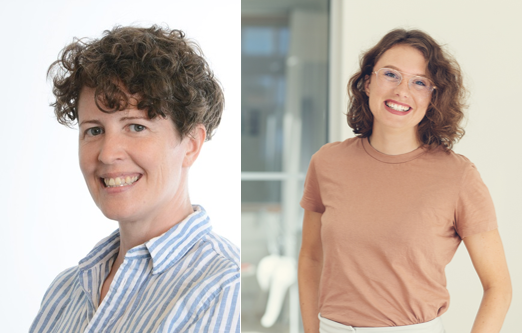
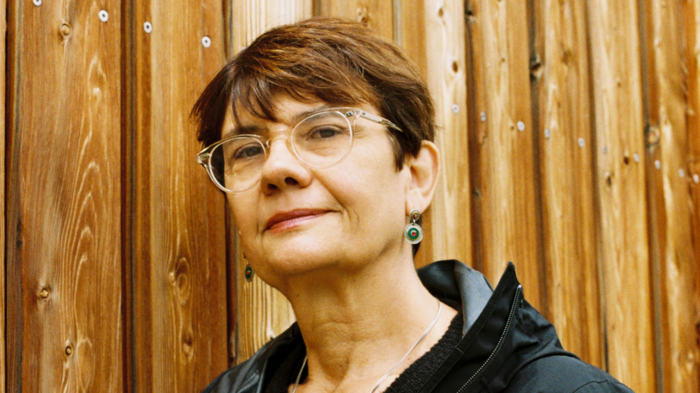
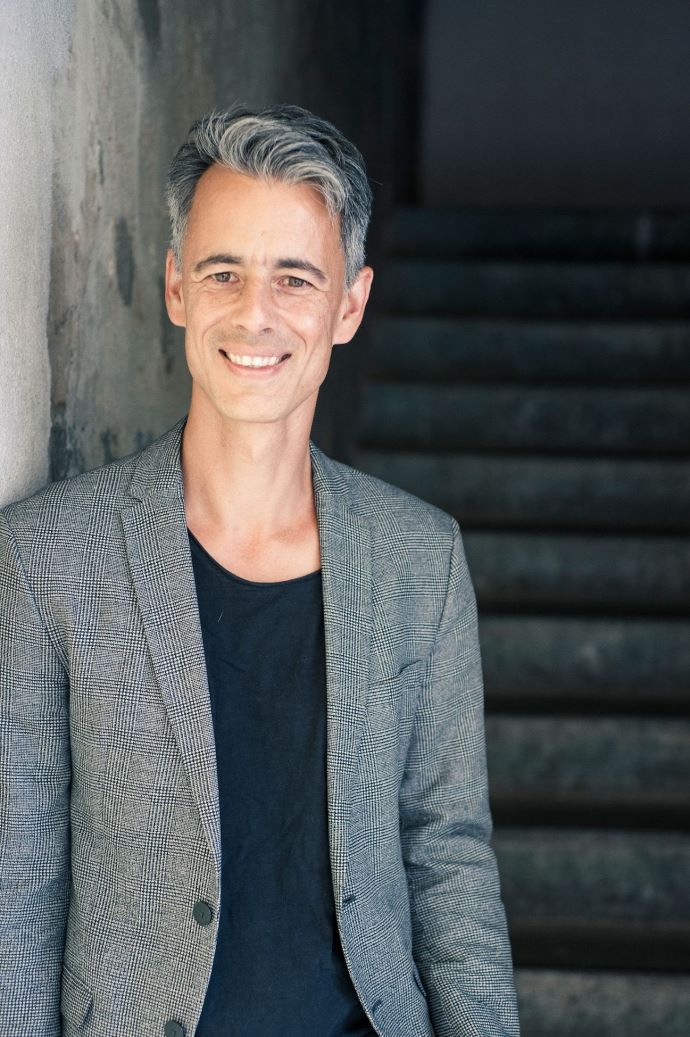
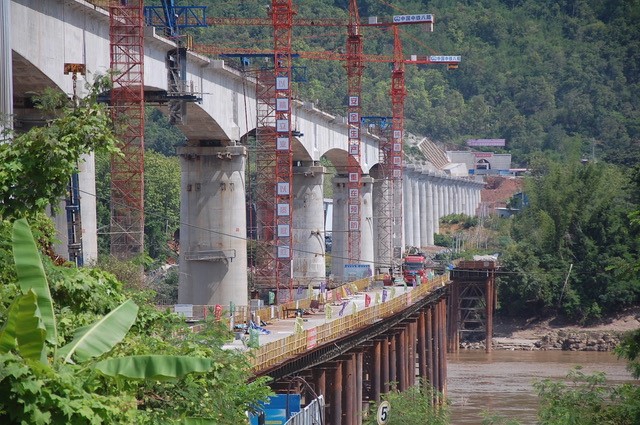

.jpg?alt=listing)


